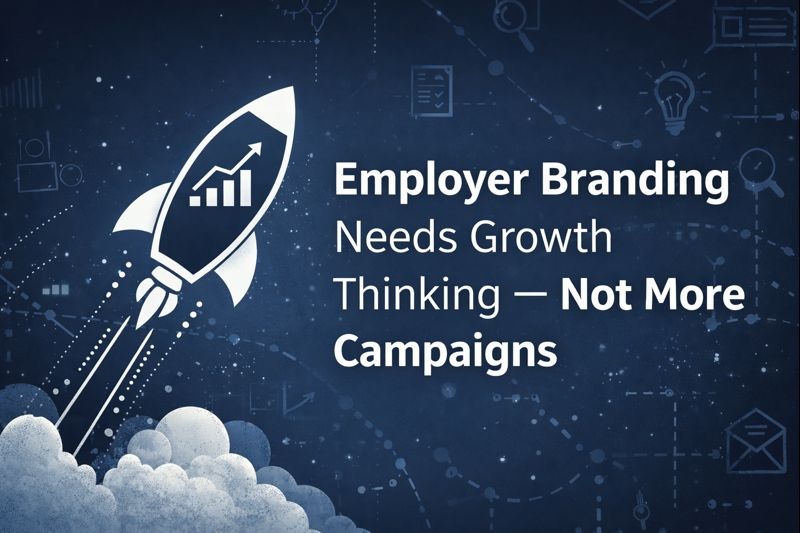Nov29

In today's digital age, data is a valuable asset for businesses across industries. The abundance of data generated on a daily basis holds the potential to drive innovation, efficiency, and growth. However, the sheer volume and complexity of data can often be overwhelming for organizations. That's where generative artificial intelligence (AI) comes into play. By leveraging the power of generative AI, businesses can effectively analyze and interpret data to gain actionable insights and make informed decisions. In this blog post, we will delve into the importance of generative AI and how it can unlock the power of data for organizations.
Data has become the lifeblood of businesses in today's fast-paced and ever-evolving business landscape. It is no longer just a byproduct of operations; rather, it holds the potential to be a strategic asset that can give organizations a competitive edge. By harnessing data effectively, businesses can uncover trends, patterns, and hidden insights that can drive innovation, optimize operational processes, and enhance customer experiences.
Data-driven decision-making is now a fundamental aspect of successful business strategies. Organizations that can effectively collect, analyze, and interpret data have a significant advantage over their competitors. It enables them to make timely and informed decisions that are backed by evidence and insights.
When it comes to unlocking the power of data, generative AI plays a crucial role. It empowers businesses to go beyond traditional statistical analysis and delve into the realm of predictive and prescriptive analytics. With generative AI, organizations can uncover valuable patterns and trends that were previously unknown, enabling them to make smarter choices and drive better outcomes.
In the next section, we will explore the various ways in which generative AI can be used to extract insights from data and how it has transformed the way businesses operate in the digital age. Stay tuned!
Understanding generative AI and its role in data analysis
Generative AI, also known as generative adversarial networks (GANs), is a cutting-edge technology that has revolutionized the field of data analysis. Unlike traditional statistical models that rely on historical data to make predictions, generative AI uses complex algorithms and machine learning techniques to generate new data based on existing patterns and trends.
By leveraging generative AI, businesses can gain a deeper understanding of their data and uncover insights that would otherwise go unnoticed. This technology can create synthetic data samples that closely resemble real-world data, allowing organizations to simulate different scenarios and predict future outcomes.
Generative AI has transformed the way businesses operate by enabling them to make data-driven decisions with a higher degree of accuracy and confidence. It has opened up new possibilities in various industries, including healthcare, finance, marketing, and manufacturing.
In the following section, we will explore some real-world examples of how generative AI has been successfully used to analyze data and drive innovation.
Generative AI has paved the way for businesses to unlock hidden insights within their data. By leveraging this technology, organizations can dig deeper into their datasets and gain a nuanced understanding of their customers, market trends, and potential risks and opportunities.
One real-world example of leveraging generative AI is in the healthcare industry. Medical researchers are using this technology to simulate the effects of new drugs, predict disease progression, and identify potential treatment plans. By generating synthetic patient data, researchers can conduct virtual clinical trials, reducing costs and expediting the development of life-saving treatments.
In the finance sector, generative AI is being used to analyze market data and predict stock prices. This technology has the potential to identify complex patterns and trends that human analysts may overlook, thus providing investors with more accurate and timely insights.
Generative AI is also revolutionizing marketing by helping businesses understand customer behavior and preferences. By generating synthetic customer data, companies can conduct targeted market research and develop more personalized marketing strategies.
In manufacturing, generative AI is enabling businesses to optimize production processes and identify potential quality issues before they occur. By simulating different scenarios and generating synthetic data, manufacturers can minimize downtime, reduce costs, and improve overall product quality.
These examples illustrate just a fraction of the transformative power of generative AI in data analysis. By harnessing the potential of this technology, businesses can gain a competitive edge by making data-driven decisions that were previously unimaginable.
In the next section, we will delve deeper into the challenges and considerations associated with implementing generative AI in data analysis. Stay tuned to discover how organizations can overcome these obstacles and fully unlock the power of data.
One of the most powerful applications of generative AI in data analysis is predictive modeling. By harnessing this technology, organizations can develop models that forecast future outcomes based on historical data patterns.
Predictive modeling can be incredibly valuable across various industries. In healthcare, it can assist in predicting patient outcomes, identifying individuals at risk of developing certain conditions, and optimizing treatment plans. In finance, predictive models can be used to anticipate market trends, detect fraudulent activities, and make informed investment decisions. In marketing, these models can help businesses identify customer preferences, personalize campaigns, and optimize customer acquisition and retention strategies.
However, harnessing the potential of generative AI for predictive modeling comes with its own set of challenges and considerations. In the upcoming section, we will explore these challenges in detail and discuss how organizations can overcome them to fully unlock the power of predictive modeling using generative AI. Stay tuned!
Generative AI has the potential to revolutionize decision-making processes. By employing this technology, organizations can gain valuable insights into complex data sets and enhance their ability to make informed decisions.
One key advantage of generative AI in decision-making is its ability to generate alternative scenarios. Traditional decision-making often relies on historical data and preconceived notions, limiting the scope of possibilities. Generative AI, on the other hand, can create diverse scenarios based on data inputs, enabling decision-makers to explore various outcomes and make more robust choices.
Furthermore, generative AI can mitigate bias in decision-making. By analyzing data from diverse sources and incorporating different perspectives, this technology can provide a more balanced and inclusive approach to decision-making.
In the next section, we will delve deeper into how generative AI empowers decision-making and examine real-world examples of its successful implementation. Don't miss out on learning how to harness the full potential of generative AI for your organization's decision-making needs. Stay tuned!
Generative AI has emerged as a powerful tool in the era of data-driven decision-making. With its ability to generate alternative scenarios and mitigate bias, this technology has the potential to revolutionize the way organizations make choices. By embracing generative AI, organizations can tap into the vast possibilities that exist within their data and drive more informed decisions.
Real-world examples of generative AI implementation have already showcased its effectiveness. From optimizing supply chain processes to enhancing marketing strategies, generative AI has proven its value in various industries. As more organizations recognize the importance of unlocking the power of data, the demand for generative AI will continue to grow.
To fully harness the potential of generative AI, organizations must embrace this technology and invest in the necessary tools and expertise. By doing so, they can unlock new insights, explore diverse scenarios, and ultimately make more robust and inclusive decisions.
In conclusion, generative AI presents an exciting opportunity for organizations to unlock the power of their data and enhance their decision-making processes. By understanding the importance of this technology and embracing its potential, organizations can stay competitive in today's data-driven world. So, what are you waiting for? Start exploring generative AI and experience the transformation it can bring to your decision-making processes.
Keywords: AI, Data Center, Leadership
 Concrete’s Carbon Problem and the Race to Fix It
Concrete’s Carbon Problem and the Race to Fix It Employer Branding Needs Growth Hacking — Not More Campaigns
Employer Branding Needs Growth Hacking — Not More Campaigns The Wireless Renaissance: From Tesla’s Dream to Agentic Autonomy
The Wireless Renaissance: From Tesla’s Dream to Agentic Autonomy Collective Resonance: How Consciousness Scales Beyond the Individual
Collective Resonance: How Consciousness Scales Beyond the Individual Autonomous Wingmen: Scaling Sustainable Aviation via NVIDIA NAT and Formation Flight
Autonomous Wingmen: Scaling Sustainable Aviation via NVIDIA NAT and Formation Flight